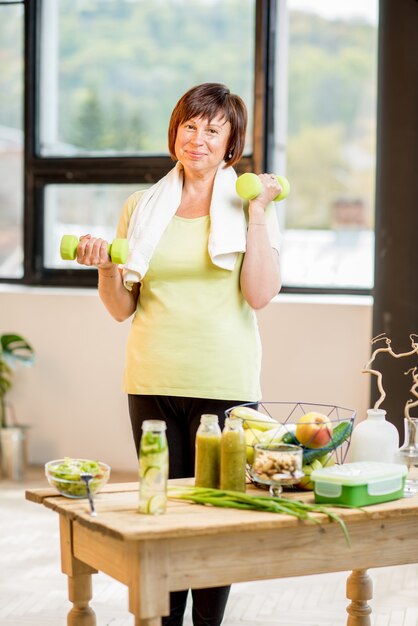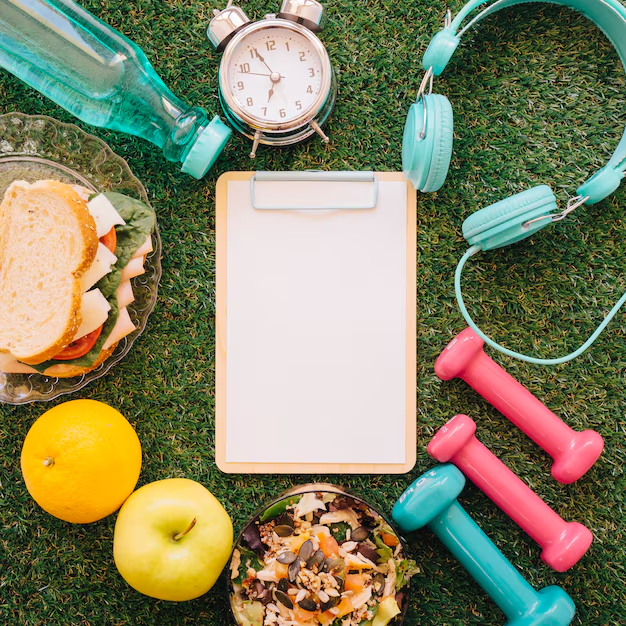
In a world that never seems to slow down, women often find themselves juggling multiple roles—career professional, caregiver, partner, and friend—leaving little time for self-care. Yet, prioritizing wellness is not a luxury; it’s a necessity. A well-structured wellness routine can help women manage stress, boost energy, and cultivate long-term physical and mental health. But how can you build a wellness routine that sticks? This guide breaks down practical steps to help you create a sustainable daily wellness habit tailored to your unique life.

Before diving into solutions, let’s address why so many women find it hard to stick to a consistent wellness routine:
Time Constraints: Balancing work, family, and personal life leaves little room for structured self-care.
Guilt: Many women feel guilty prioritizing themselves over others.
Unrealistic Expectations: Trying to do too much too quickly can lead to burnout.
Lack of Structure: Without a clear plan, routines often fall apart.
Acknowledging these challenges is the first step to building a routine that is both achievable and enjoyable.
Step 1: Defining Your Wellness Goals
To build a routine that sticks, you need to identify your wellness goals.
Ask yourself:
What does wellness mean to me? Is it physical health, mental clarity, emotional balance, or all three?
What small habits can I introduce to work toward these goals?
Examples of Wellness Goals:
Move my body for 20 minutes every day.
Improve my sleep by creating a bedtime routine.
Eat a balanced diet with more whole foods.
Spend 10 minutes a day on mindfulness.
Write down 2-3 realistic goals to start with. Having a clear purpose will make it easier to stick to your routine.
Step 2: Building Blocks of a Sustainable Wellness Routine

Now that your goals are defined, it’s time to structure your routine. Here’s a breakdown of simple habits you can incorporate throughout your day:
Morning: Start Strong
Your morning sets the tone for the entire day. A mindful start will help you feel centered and ready to tackle your tasks.
Hydrate First: Start with a glass of water to rehydrate your body.
Move Your Body: Stretch, take a short walk, or do a quick workout for 10-15 minutes.
Mindful Moment: Spend 5-10 minutes journaling, meditating, or practicing gratitude.
Healthy Breakfast: Fuel your body with a nutrient-dense breakfast like oats, smoothies, or eggs with greens.
Afternoon: Maintain Momentum
The afternoon is where energy dips, and stress can peak. Incorporate quick wellness strategies to recharge.
Take Movement Breaks: Step away from your desk for 5 minutes of stretching or a brisk walk.
Mindful Breathing: Use simple deep-breathing exercises to reduce stress.
Healthy Snacking: Avoid sugary snacks and choose options like nuts, fruits, or yogurt.
Evening: Unwind and Reflect
An evening routine helps your body and mind relax, preparing for quality sleep.
Unplug: Limit screen time an hour before bed.
Reflect: Spend 5 minutes journaling your wins or challenges of the day.
Relaxation Ritual: Read, take a warm bath, or listen to calming music.
Consistent Sleep Schedule: Aim for 7-8 hours of sleep every night.
Step 3: Tips for Sticking to Your Routine
Building a routine is one thing; sticking to it is another. Here are tips to help you stay consistent:
Start Small: Don’t overhaul your entire lifestyle overnight. Start with one or two small habits and build from there.
Set Reminders: Use alarms or apps to remind you of wellness activities.
Track Your Progress: Use a journal or habit tracker to celebrate your consistency.
Find an Accountability Partner: Share your goals with a friend who can keep you motivated.
Be Flexible: Life happens. Adjust your routine without guilt if you miss a day.
Step 4: Customizing Your Routine for Different Life Stages

Women go through various life stages that require adjustments to wellness routines. Here’s how to adapt:
Working Professionals: Short, focused habits like quick workouts and mindful breaks.
New Mothers: Incorporate self-care in small pockets of time—a walk with the baby, deep breathing during naps.
Perimenopause and Menopause: Focus on strength training, hormonal health, and stress reduction.
Every woman’s wellness journey is unique. Customization ensures your routine supports you, not overwhelms you.
Step 5: Wellness Tools and Resources
Consider leveraging tools that can help you stick to your routine:
Wellness Apps: Apps like Calm (meditation), MyFitnessPal (fitness tracking), or Habitica (habit building).
Books: “Atomic Habits” by James Clear offers tips for creating habits that last.
Journals: Wellness journals help track habits, moods, and reflections.
Community Support: Join wellness-focused communities for inspiration and encouragement.
Sarah, a 35-year-old working mother, struggled to prioritize her health. After defining small goals, like a 10-minute morning walk and drinking more water, she slowly built a wellness routine. Over six months, Sarah felt more energetic, less stressed, and in control of her health. Her advice? “Start small and celebrate every win, no matter how tiny.”
A wellness routine isn’t about perfection; it’s about consistency. By defining your goals, building small daily habits, and allowing flexibility, you can create a sustainable routine that supports your physical, emotional, and mental well-being. Remember, wellness is a journey, not a destination. Start today, one small step at a time, and experience the transformative power of prioritizing yourself.

SatynMag empowers women with inspiring stories, expert advice, and uplifting content to fuel their strength and dreams
Welcome to Satynmag S Suite, online knowledge platform for career and personal growth. This is where you can empower yourself with cutting edge knowledge, latest know-how and grow.


